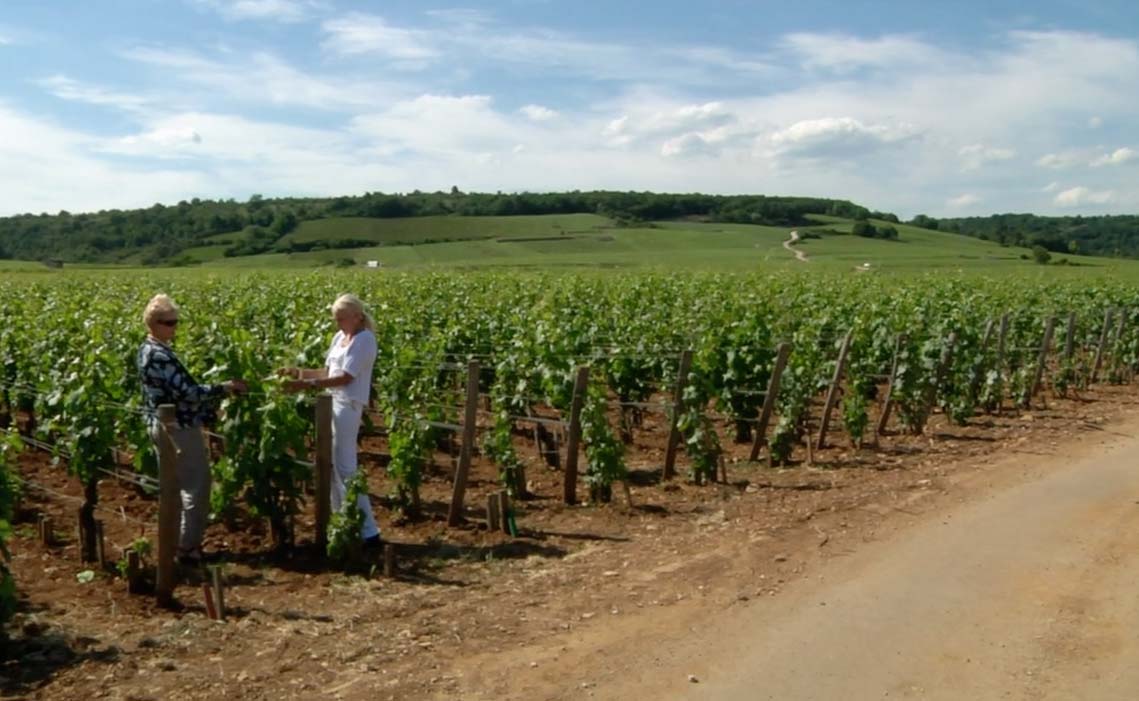Introducing Domaine Leroy
Visit Domaine Leroy currently produces some of the finest red Burgundy wines from the Côte d'Or. Lalou Bize-Leroy started out as a négociant in her family business, founded by her father, Henri. The Leroy empire comprises three entities: Maison Leroy, based in Auxey-Duresses; Domaine d'Auvenay, named after Lalou Bize-Leroy's home near St-Romain. The imposing Domaine Leroy owes its name to Vosne-Romanée.
Lalou Bize-Leroy also owns a quarter of Domaine de la Romanée-Conti, where she was co-director until the other shareholders overthrew her in 1992, partly because she had created a competing vineyard. In 1988, Lalou-Bize-Leroy acquired Domaine Charles Nöellat in Vosne Romanée and renamed it Domaine Leroy, which included the buildings and cellars that are now the estate's headquarters, as well as a magnificent group of vineyards, including Richebourg, Romanée St-Vivant, Clos de Vougeot, Premiers crus Vignerondes et Boudots in Nuits and Beaumonts et Brulées in Vosne. The following year, other vineyard estates were purchased from Domaine Philippe Remy, including Clos de la Roche, in Latricières-Chambertin and Chambertin. Other estates have since been added.
The estate has been cultivated biodynamically from the outset and is now certified by ECOCERT. It wasn't always easy, and the 1993 vintage was "certainly a catastrophe due to mildew, but they couldn't blame anyone for being late with their treatments", according to Madame.
The next exciting, if controversial, move was the change in the vine training system. For some time, the trimming of vineyards had been carried out by hand rather than in a more abrasive machine fashion. However, it's not natural for vines to be trimmed, and this affects their performance for both the current season and the following year. Now, after flowering, as the shoots lengthen, they are bent rather than cut. This minimizes spacing and the formation of second crop bunches, while leaving the vines happier and healthier. No one could doubt the well-being of the Leroy vines on the eve of the 2008 harvest.
Domaine Leroy was among the first to use horses to plough the vineyard, but managing the craftsmen who owned and operated the horses proved insurmountable. At one point, five different operators were employed, and we still couldn't guarantee their presence when needed. Now, Leroy uses small Caval tractors that weigh less than a horse.
Lalou Bize-Leroy owns 23 hectares of vines, mainly classified Premier and Grand Cru. In the vineyard, Lalou practices biodynamics as well as severe pruning and thinning.
Domaine Leroy, guardian of great vintages
Domaine Leroy has a heritage of old vines, partly because Lalou Bize-Leroy never larvests or replants. Instead, she replaces missing vines from her own cuttings, but never too many at the same time in any given vineyard. These old vines, combined with her policy of training and pruning, limiting the number of bunches to four per vine, partly explain the concentration of Leroy wines. The average yield across appellations and vintages at Domaine Leroy is around 16 hl / ha, according to Lalou.
There is no vigneron (winemaker) or oenologist in the cellar, as André Porcheret was not replaced after his departure for the 1993 harvest. The quality of the grapes is such that they don't need a winemaker! After rigorous deselection on the sorting tables, which employ as many people as there are grape-pickers, the grapes are placed, destemmed and all in wooden fermentation vats. After fermentation, the wines are aged in new Cadus and François Frères barrels.
►Achat des vins du domaine Leroy ◄
Comptoir des Millesimes More than 2000 Bottles and 80 Vintages - 100% in stock - Shipping within 24h - Fixed delivery charge of 7 € - Gift Service
- Nuits St Georges 2017 - Leroy - € 875.00on 8 December 2025 at 2 h 45 min
Leroy - Estate provenance






